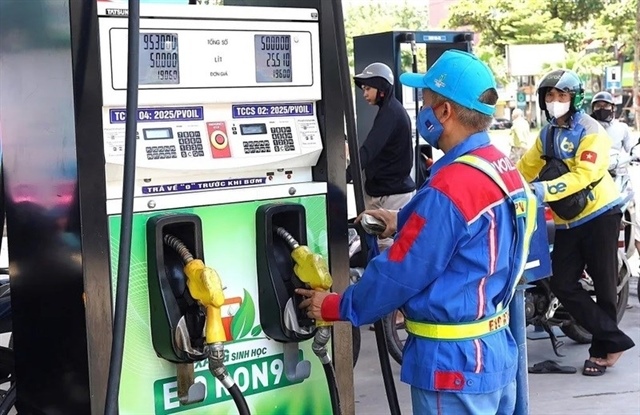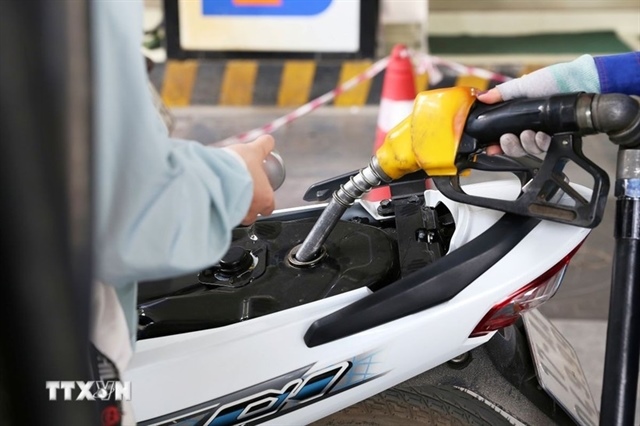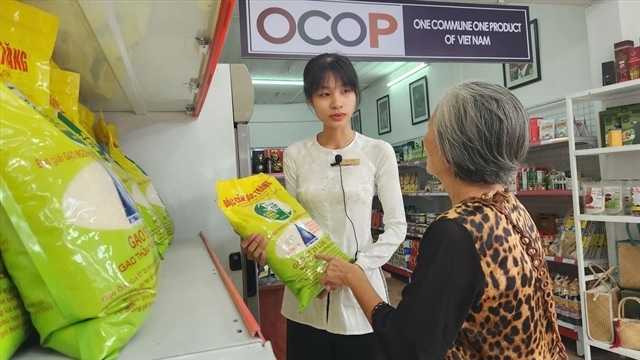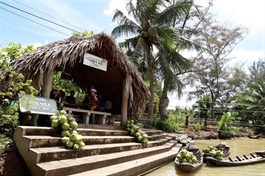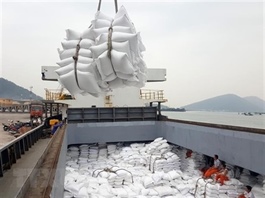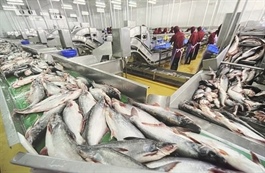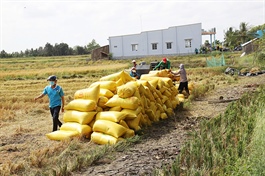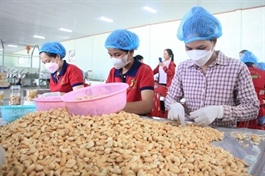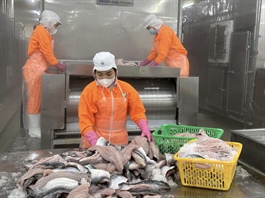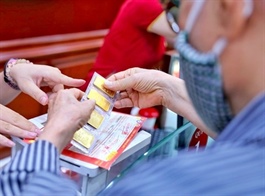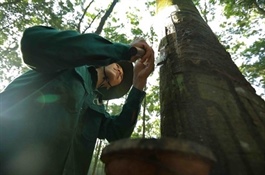Vietnam sugarcane industry bounces back following stunted past
Vietnam sugarcane industry bounces back following stunted past
Vietnam’s sugarcane sector is thriving in 2024 following years of sugar smuggling and poor competitiveness, which hampered the industry.
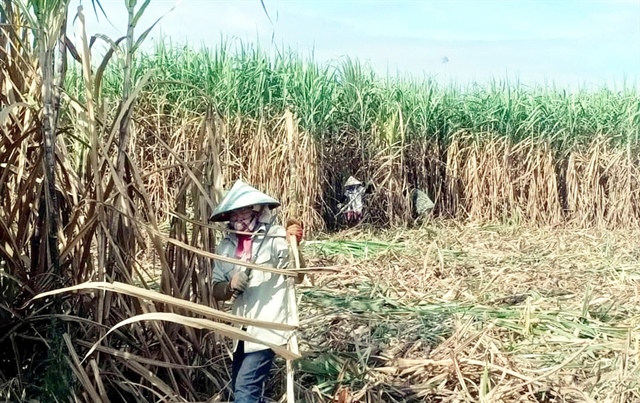
Farmers harvest sugarcane in Gia Lai Province, located in Vietnam’s Central Highlands, in the 2023-24 crop. Photo: N.L. |
Nearly 175,000 hectares of sugarcane farms contributed to Vietnam’s 2023-24 crop, outputting 6.79 metric tons of sugar per hectare, according to the Vietnam Sugarcane and Sugar Association.
In Phu Yen Province, a major sugarcane-growing region in south-central Vietnam with nearly 25,000 hectares of sugarcane and four sugar mills, local farmers are selling their crop at a record price of VND1.3 million (US$53) per metric ton.
Other sugarcane cultivation areas in the central and Central Highlands regions are seeing similar booms in price.
Nguyen Thi Ly, a sugarcane farmer in the Central Highlands province of Gia Lai, said her family raked in VND68 million ($2,764) per hectare of sugarcane, with the rate increasing to VND1.2 million ($48.8) per metric ton from VND1 million ($40.7) a tonne in 2023.
Vietnam's sugarcane prices are on par with, or even higher than, those in neighboring countries, according to a representative from AgriS Gia Lai, a local agriculture company.
The representative also noted that sugarcane farmers are well connected with sugar mills and are producing high-quality varieties of the plant.
Some sugarcane farms have been able to produce 130-140 metric tons per hectare this year, translating to 10-15 metric tons higher than in previous years.
According to Cao Anh Duong, head of the Sugarcane Research Institute, this year’s high sugarcane yield is thanks to favorable weather.
Thailand, in comparison, had a worse crop due to the extreme impact of El Nino, which is a warming of ocean surface temperatures in the eastern and central Pacific and can provoke extreme weather phenomena.
Vietnam's 2021 decision to impose trade defense measures on imported sugar to protect domestic sugar production is another major reason to keep domestic prices high, Duong said.
Challenges remain
Although the sugarcane sector has made great strides in Vietnam, the country is still confronted by many challenges when it comes to sustainable development.
Protecting sugarcane and sugar production connectivity and ensuring benefits for both farmers and enterprises are among these hurdles.
In Cao Bang and Ha Giang Provinces in Vietnam’s north and Tay Ninh Province in the country’s south, farmers have sold sugarcane to traders for export to China out of higher prices.
More than 30,000 metric tons of sugarcane from the 2023-24 crop, representing 20 percent of Cao Bang's total output, were exported to China through official channels, according to Cao Bang Sugar JSC.
Experts predict that the volume will increase in next year’s crop.
"Private traders are setting up purchasing stations across the region. Despite various preventive measures, the core issue is the lack of clear regulations to protect the sugarcane production supply chain," a company representative explained.
"These traders do not invest or receive land-use planning approvals for sugarcane cultivation areas, yet they compete to purchase crops for export.
"This undermines the interests of investors, creates an unfair competitive environment, disrupts local markets, and breaks down the production supply chain."
Sugarcane prices in China are 1.5-2 times higher than in Vietnam, said Cao Anh Duong, head of the Sugarcane Research Institute.
He stressed the necessity of ensuring the connectivity between farmers and sugar mills with close supervision by the government and relevant ministries and agencies.
Vietnam’s sugarcane and sugar sector is also encountering the influx of high fructose corn syrup (HFCS) imports.
The country imported some 230,000 metric tons of HFCS in 2023, the Vietnam Sugarcane and Sugar Association reported.
To deal with the situation, the association proposed levying a tax of 10 percent on sugary drinks and 20 percent on beverages containing HFCS.


